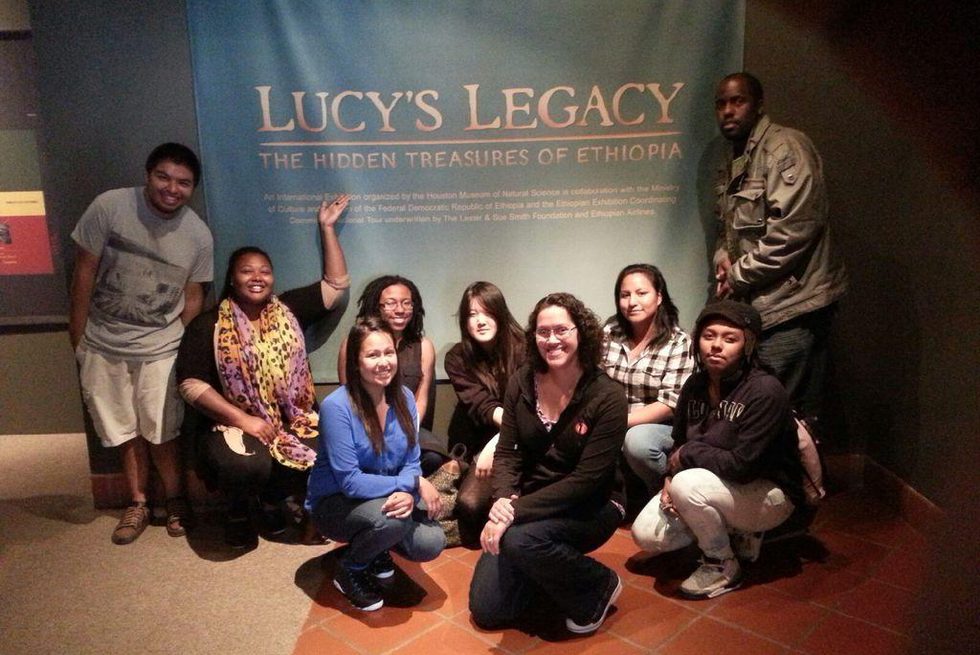
Hello!
I’m excited to be serving as the inaugural Scholar-in-Residence for the Teaching Tools section of the Cultural Anthropology website. I have been teaching for just over ten years, ever since I applied for an adjunct faculty position at a local community college to supplement my income while I worked on my dissertation. At the interview, the search committee asked if I would be able to teach “Religion, Magic, and Witchcraft.” I had little background in the subject but, needing a job, I immediately answered, “Yes!” A few weeks later, after reading as much as I could on the anthropology of religion and thinking only vaguely about pedagogy, I stood in front of my own classroom for the first time.
This experience transformed my career. I was completing my PhD in the joint medical anthropology program at the University of California, Berkeley and San Francisco, and was immersed in research on the promotion of cultural competence in U.S. biomedicine. As I wrote about power, structural inequality, and the racial and economic disparities that pervade the American medical system, I worked with students who were themselves struggling to understand their positions in an unequal society. Some of these students were insecurely housed, had battled drug addictions, or had recently been released from prison. Many more were first-generation college students who were balancing their coursework with full-time employment and family responsibilities. My class, like other general-education courses these students were required to take, seemed to be one more hurdle to overcome. (One student confessed that she had sighed in dismay as she registered for my course. “Anthropology,” she thought. “That sounds hard.”)
My early teaching experiences and interactions with students shifted the way I thought about both my research and my role as an anthropologist. I discovered that I had developed skills in graduate school which stretched beyond the specific topic of my dissertation, like the ability to quickly review, organize, and present an unfamiliar area of the field. At the same time, teaching required me to explain social theory (and its significance) in plain, jargon-free language, and I found that my own writing and thinking became clearer in turn. Most importantly, my students forced me to articulate, for them and for myself, why anthropology matters.
I continued to teach at a variety of institutions as I completed my PhD, and as I worked to develop my pedagogical skills, I became increasingly interested in permanent teaching-focused positions. Shortly after completing my degree, I began a full-time position at Los Angeles Southwest College, a community college in South L.A. Four years later, I moved to the University of California, Irvine, where I am currently a Lecturer with Potential Security of Employment (LPSOE). The LPSOE position mirrors the assistant professor rank and has a comparable tenure evaluation process. The main difference is in the balance of research, teaching, and service responsibilities; LPSOEs have higher teaching loads and are primarily evaluated on the basis of their teaching and service. I teach up to nine courses a year and currently serve as director of the Master’s in Medicine, Science, and Technology Studies program.
Over the next several months, I hope to contribute to the expanded mandate of Teaching Tools by reflecting on my experiences and by sharing pedagogical resources that can be of use to graduate students and other early-career instructors. Future posts will follow my own efforts to design courses, write syllabi, use class activities, and create and grade assignments in ways that can best support student learning. I have also planned a series of posts on topics related to academic job searches, such as applying for anthropology jobs at teaching-focused institutions, crafting a statement of teaching philosophy, and preparing a teaching demonstration